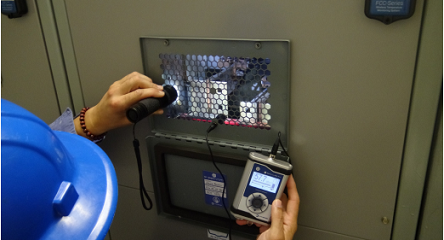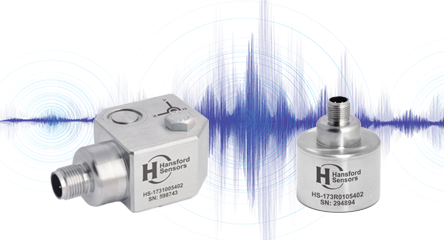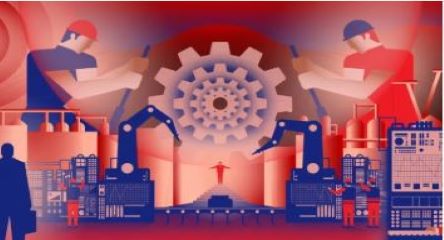Articles
How to Extract More Value from Your Criticality Assessment
Criticality assessments are a routine aspect of reliability work and are usually conducted for two main purposes.
The first is to identify critical assets and this is usually done as the first step in a maintenance strategy review project, to determine which assets to prioritize for review. The second purpose is to prioritize maintenance active work requests. This is where you need to be particularly careful about how you make decisions about criticality. The problem is that these two objectives require two separate lists. The good news is that they can both be generated from a common criticality study.
Most criticality assessments follow a similar model and classify assets based on a measure of likelihood and a measure of severity of risk. Assets are then put into categories which vary by organization and can be somewhat arbitrary. Moreover, these categories are not always useful or reliable for making decisions about how to prioritize work.
Let’s look at a transformer as an example. The asset life of a transformer typically extends to about 60 years or more and the likelihood of failure during that time is low. However, if you have only one transformer at a site, then the impact of failure could be severe and so that asset would be judged as critical.
So therein lies the problem, the transformer is a critical asset, and most would agree. However if the intent of the criticality study is to determine which assets to review maintenance strategies on, with the intent to improve performance, the transformer is not a worthy asset. Simply because it is not currently impacting performance it hasn’t yet failed and a future failure is unlikely.
There is of course no question that reviewing the maintenance strategy on the transformer is a worthwhile exercise, but it is an exercise in risk management not performance improvement.
What’s important to note is that as part of the criticality assessment process we record the severity or consequence of asset failures for each asset. Using just the lens of severity the transformer would be at the top of the list. If it fails, the impact is severe. Several other assets will show as having very high severity and these assets reflect the list of assets where risk mitigation plans, contingency plans, insurance spares and work prioritization is key. Generally speaking though the improvements are based in managing risk, not improving performance because these assets tend to have very low likelihood of failure.
Be clear about the purpose of the criticality study and then structure it to capture and generate the key asset lists you need to improve your asset management processes. You can use the same dataset, but it’s likely you end up with different asset listings for work prioritization and risk management, versus improving performance.





